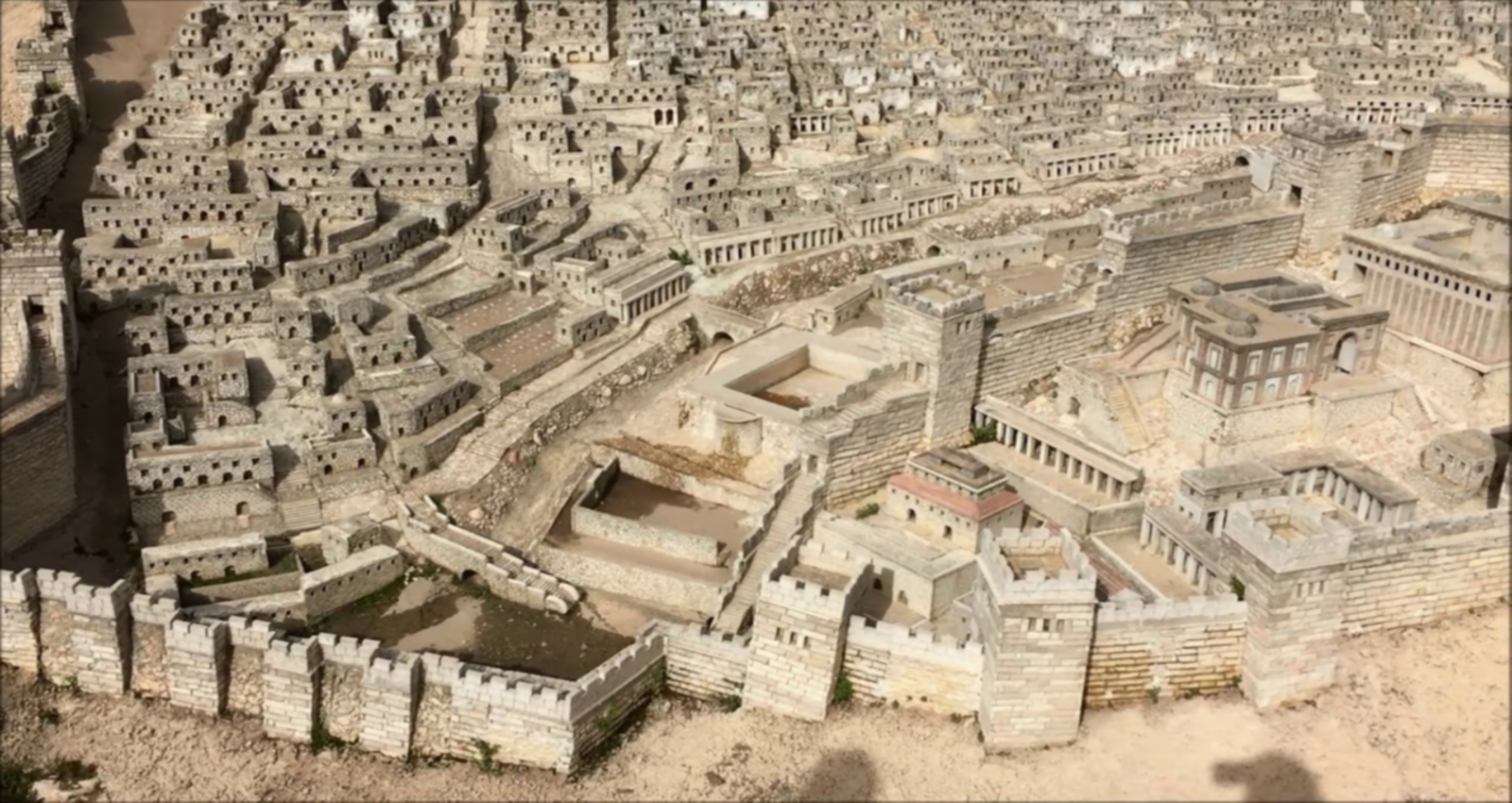THE SEVEN CHURCHES
Last week I wrote about the church at Ephesus (A Backslidden Church). The complaint that Christ had against this church is that it “had left its First Love.” He gave them a warning and made them a promise. Reread Revelation 2:1-7 again. “I know this, after that my departing shall grievous “wolves” enter in among you, not sparing the flock. Also of your own selves shall men arise, “speaking perverse things,” to draw away disciples after them.” Acts 20:29-30.
The significance of this warning is seen in the commendation of the Message, V-6: “But this thou hast, that thou “hatest” the deeds of the Nicolaitanes which I also hate.” Here, Paul’s “wolves” are called Nicolaitanes. They were not a sect, but a party in the Church who were trying to establish a “Priestly Order.” Probably trying to model the Church after the Old Testament order of Priests, Levites, and common people. This is seen in the meaning of the word, which is from “Niko” to conquer, to overthrow, and “Laos” the people or laity. The object was to establish a “Holy Order of Men,” and place them over the laity, which was foreign to the New Testament plan, and call them not pastors, but- Clergy, Bishops, Archbishops, Cardinals, and Popes. Here we have the origin of the dogma of “Apostolic Succession,” and the separation of the Clergy from the Laity, a thing that God “hated.” The Church at Ephesus was not deceived, but recognized them as false apostles and liars. The character of the Church of Ephesus is a fair outline of the Church Period from A.D. 70 to A.D. 170.
It is worthy to note that the “Messages to the Seven Churches” are inserted between Two Visions, the “Vision of Christ” in the midst of the “Seven Lampstands” in chapter one, and the “Vision of the Four and Twenty Elders” round about the Throne, in chapter four. As chapter four is a vision of the “Glorified Church” with the Lord, after it has been caught out (I Thessalonians 4:13-17), then the Second Division of the Book- “The Things Which Are,” and which includes chapters two and three, must be a description or prophetic outline of the “Spiritual History” of the Church from the time when John wrote the Book in A.D. 96, down to the taking out of the Church, or else we have no “prophetic view” of the Church during that period, for she disappears from the earth at the close of chapter three, and is not seen again until she reappears with her Lord in chapter nineteen. It is noteworthy that the “Salutation” to each Church contains a reference to some characteristic of the Son of Man as described in chapter one.




